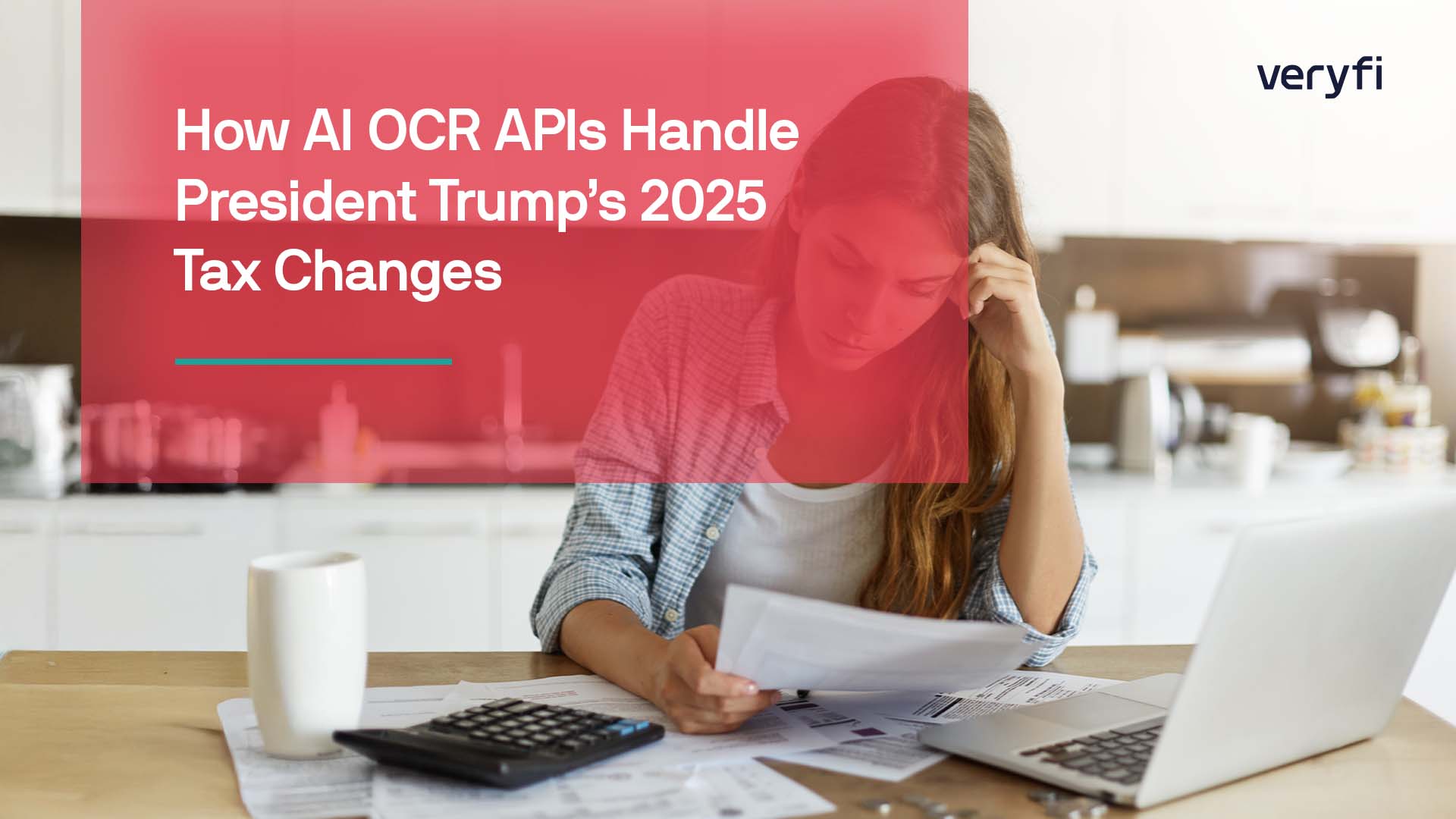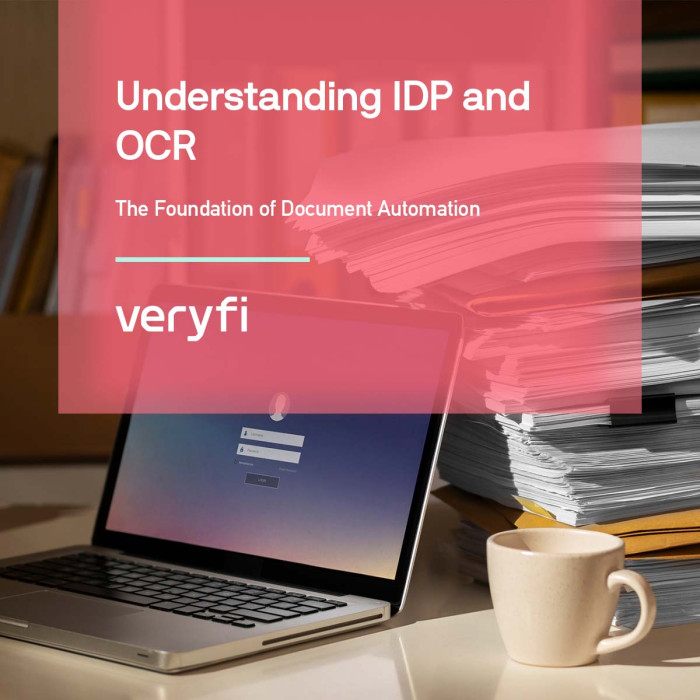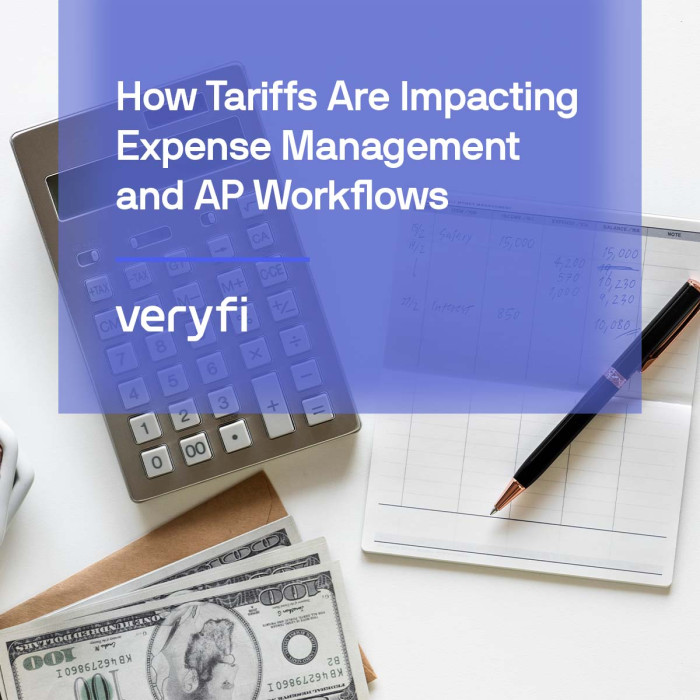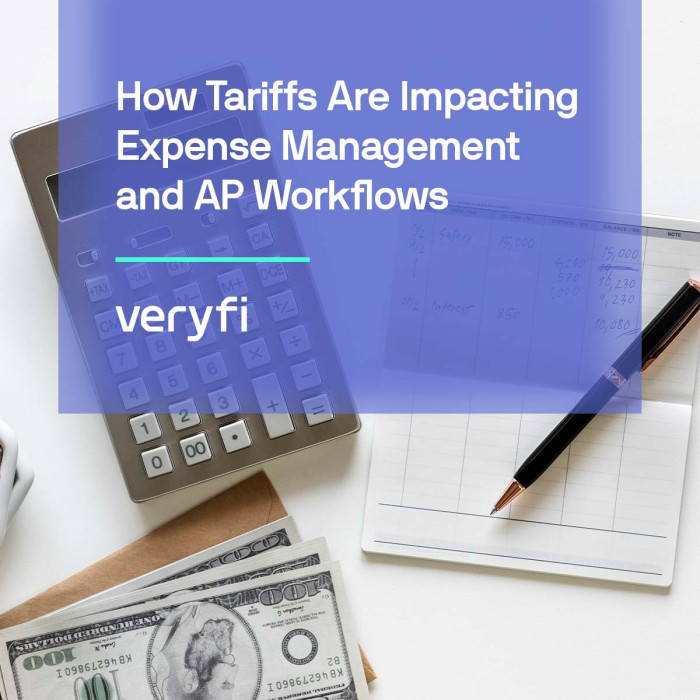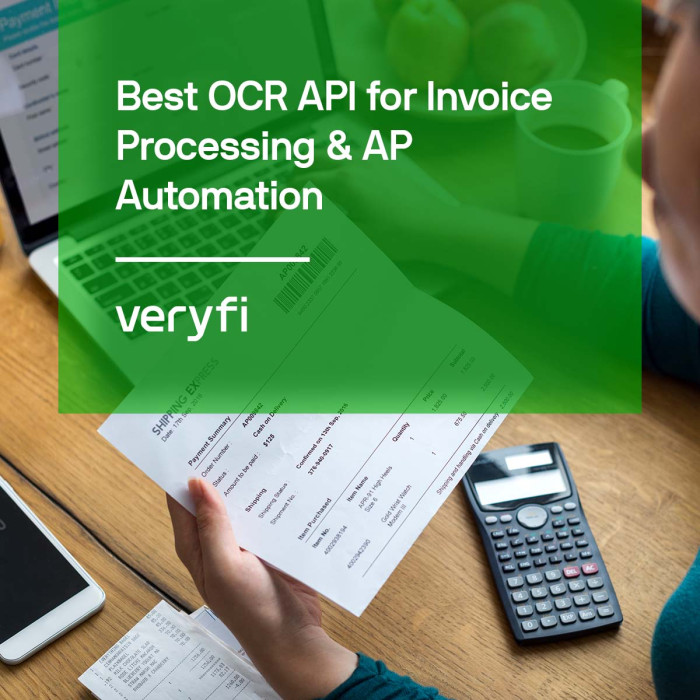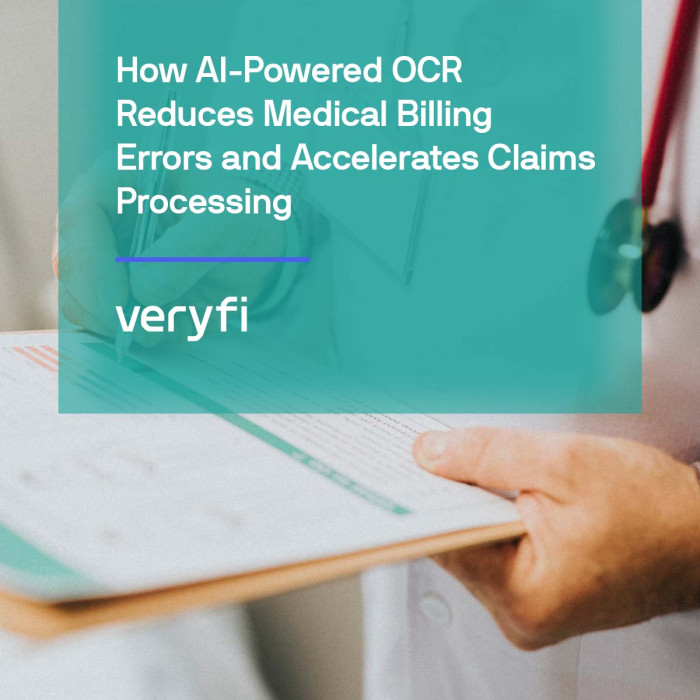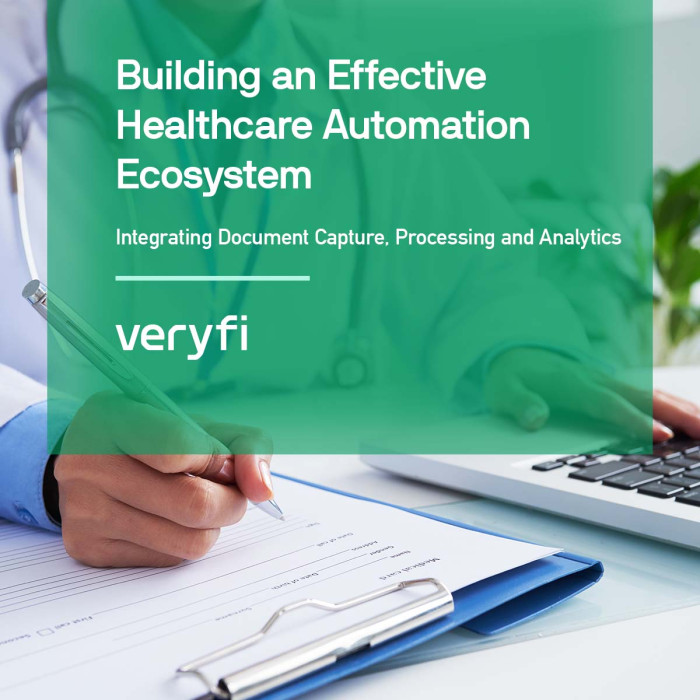The tax landscape is undergoing its most significant transformation in decades. As traditional document processing methods become obsolete and staffing challenges persist, organizations face a critical decision point: evolve or fall behind. Let’s explore how intelligent document processing is revolutionizing tax operations in this new era.
Strategic Impact at a Glance:
- Transform 3-5 minute manual processing into 3-second automated workflows
- Achieve 99.9% accuracy in tax document extraction and validation
- Reduce compliance risks by 82% through AI-powered monitoring
- Drive 70% cost reduction in processing operations
This strategic guide helps financial software developers, tax service providers, and enterprise finance teams navigate the intersection of tax reform and technological innovation.
The Perfect Storm: Tax Policy Changes Meet Industry Evolution
Regulatory Transformation
The 2025 tax revolution introduces game-changing shifts in document processing requirements. Potential tax policy changes impacting tax documents processing:
- Complete digitalization of 150+ most-used tax forms
- Tax-free treatment of Social Security benefits, overtime pay, and tip income
- Removal of the SALT deduction cap
- Changes to Qualified Business Income (QBI) deduction requirements
- New tariff considerations affecting import documentation
- Enhanced requirements for American-made product verification
Upcoming Tax and Accounting Automation Trends
- Chronic staffing shortages driving automation adoption
- Digital displacement of traditional tax organizers
- Rising demand for real-time compliance intelligence
- Technology stack consolidation imperatives
- Client experience transformation through AI document processing
How to Adapt to 2025 Tax Changes with Veryfi
The 2025 tax revolution brings unprecedented changes: tax-free tips and overtime, expanded SALT deductions, and special incentives for American-made products. These changes demand complex documentation to pass IRS scrutiny. However, Veryfi’s suite of intelligent document processing solutions addresses these changes through advanced AI-powered capabilities. Here’s how our integrated approach tackles each challenge:
1. Advanced Social Security Tax Processing
Veryfi’s W-2 OCR API transforms complex exemption processing:
- Smart Data Extraction: Precisely captures and identifies statutory employee status, retirement plan participation, and third-party sick pay. This allows for automated processing and validation of these exemptions.
- Automated Validation: Leverages the Business Rules Engine to flag documents with specific exemption criteria for further review or processing
- Compliance Assurance: Maintains SOC 2 Type 2 certification for secure data handling which ensures the secure handling of sensitive tax-related information
2. Tip Income Processing
The Receipts OCR API delivers comprehensive tip income processing:
- Multi-Currency & Language Support: extract line-item details from receipts, which is useful for capturing tip income. The API supports 110+ data fields, 91+ currencies, and 38+ languages, enabling the extraction of line item details
- Real-Time Validation: Ensures accuracy through automated cross-checking
3. Automated QBI Deduction Processing
The Receipts OCR API can streamline QBI processing:
- Intelligent Document Processing: capture data from receipts that are used to calculate business expenses for tax deductions. This includes extracting line-item details which would allow you to more carefully scrutinize the categories of expenses you are claiming. The API provides a way to automatically categorize expenses, making it easier to identify which expenses may be deductible for business purposes.
- Business Rules Engine: can be used to calculate QBI deductions automatically using the extracted data from various forms, such as invoices, receipts and bank statements
4. Seamless SALT Cap Removal Handling
Our integrated approach combines multiple APIs for comprehensive SALT processing:
- Invoices OCR API: extract detailed data from invoices, which may include information about state and local taxes. This API also supports multiple currencies and languages, which helps in processing invoices from various locations
- Receipts OCR API: extract the line item details, including tax rates, could be relevant to determining state and local tax obligations. The API also categorizes receipts, which could help in distinguishing between business expenses subject to state and local tax regulations
- Business Rules Engine: can be used to set up custom conditions and actions to validate the extracted tax data12. For example, once the SALT cap is removed, rules can be created to identify, categorize, and validate state and local tax information. This ensures accurate accounting and compliance
With the digitalization changes in mind, enhance your document workflows further with Veryfi’s intelligent PDF Splitter for seamless multi-page processing, while Veryfi Lens SDK transforms any mobile device and browser into a powerful document capture hub—enabling instant and accurate data extraction right at the point of capture.
Strategic Performance Metrics
Organizations leveraging our intelligent tax processing solutions consistently achieve:
Transformation Metrics:
- Processing Time: From minutes to seconds (95% reduction)
- Accuracy: 99.9% in automated data extraction
- Risk Reduction: 82% decrease in compliance exposure
- Cost Efficiency: 70% reduction in processing expenses
- Staffing Impact: Significant reduction in manual processing needs
Strategic Advantages:
- Advanced OCR and AI technology that evolves with your needs
- Continuous platform enhancement
- Flexible integration capabilities
- Enterprise-grade security infrastructure
The Transformation Journey Starts Here
Ready to revolutionize your tax document processing? Here’s your strategic roadmap:
- Discovery: Schedule a personalized solution demonstration and test drive the API portal
- Education: Access comprehensive API documentation
- Validation: Begin your proof-of-concept trial
- Implementation: Connect with our solution architects
Strategic Note: While this guide focuses on technical guide and implementation metrics, please consult qualified tax professionals for specific tax guidance.
